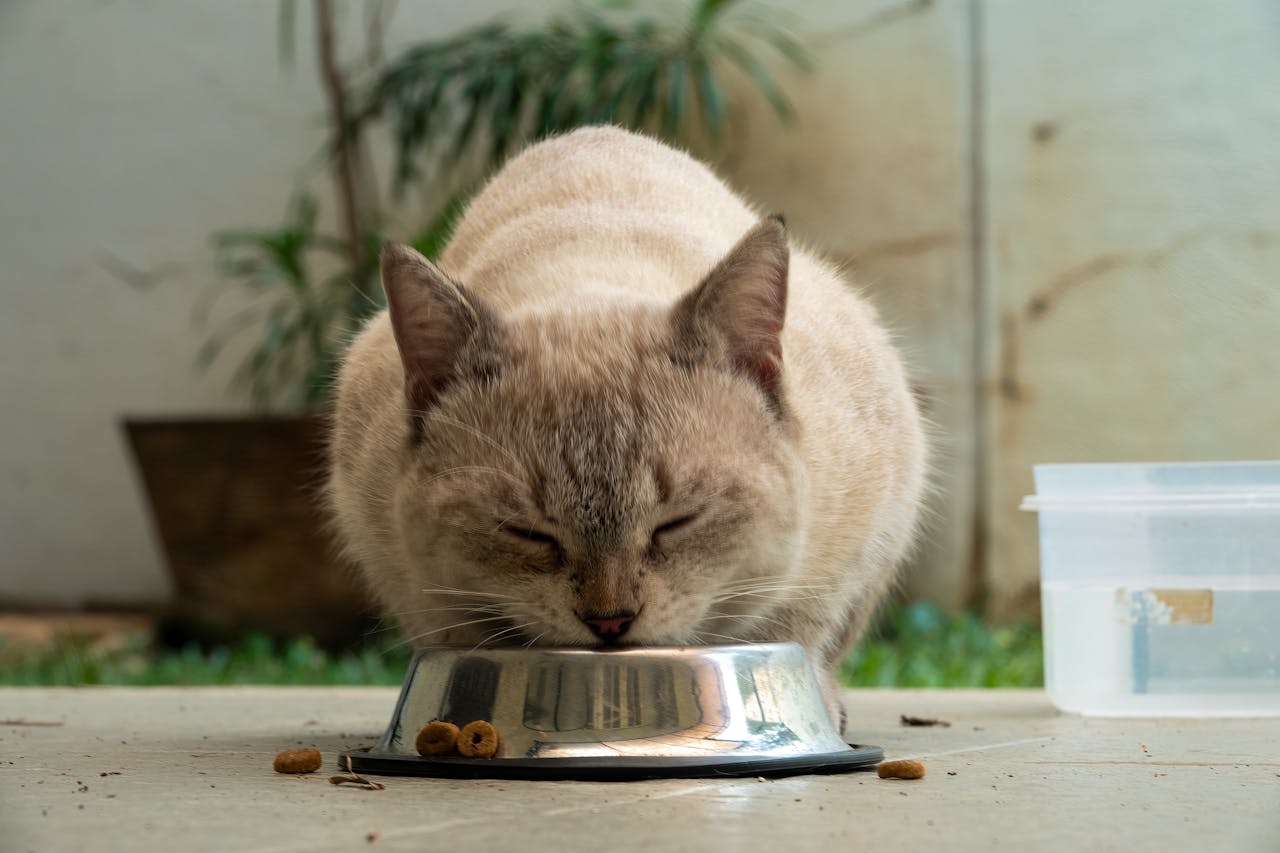How to Brush a Cat’s Teeth: A Simple Guide to Cat Dental Care

You brush your own teeth daily but what about your cat’s? Brushing cat teeth is one of the most important (and most overlooked) parts of pet parenting. Good cat dental care not only keeps bad breath away but also helps prevent painful gum disease, tooth loss, and even serious organ problems later in life.
If the idea of cleaning a cat’s teeth sounds impossible, don’t worry. With a little patience and the right approach, home dental care for cats can become a simple, stress-free routine.
Why Cat Oral Hygiene Matters
Just like humans, cats are prone to plaque buildup, tartar, and gum disease. Over 70% of cats show signs of dental disease by age 3. Poor cat oral hygiene can lead to:
- Gingivitis and tooth loss
- Pain while eating
-
Infections that affect the heart, kidneys, or liver, just like asthma in pets, dental disease can impact more than one system.
Brushing your cat’s teeth regularly helps prevent these issues and keeps your feline healthy and pain-free.
Is It Safe to Brush a Cat’s Teeth?
Yes, brushing a cat’s teeth is safe, as long as you use the right tools and approach. Never use human toothpaste, which contains ingredients toxic to cats. Instead, choose enzymatic toothpaste made specifically for cats.
How to Brush Your Cat’s Teeth at Home
Here’s a step-by-step guide to make brushing cat teeth easier - for both of you.
1. Choose the Right Tools
- Cat-safe toothpaste (usually poultry or fish flavored)
- Pet toothbrush or finger brush with soft bristles
- Optional: Gauze wrap for beginners
2. Start Slow and Get Your Cat Comfortable
Before you ever brush, let your cat sniff and taste the toothpaste. Then, over a few days, gently touch their mouth, lift their lips, and rub their teeth with your finger — similar to how you'd ease them into new environments as explained in our kitten socialization guide.
3. Begin Brushing (Gently!)
- Hold your cat in a calm environment (on your lap or a secure surface).
- Lift their lips gently and brush in circular motions.
- Focus on outer teeth surfaces - that’s where plaque builds up most.
- Go slowly and aim for a few teeth at a time.
Don’t worry if you can’t clean every tooth right away consistency is more important than perfection.
4. How Often to Brush Cat Teeth
Ideally, daily brushing is best for full protection. But if that’s not possible, aim for 3–4 times per week for effective cat dental care at home.
Tips for Brushing Cat Teeth Without Stress
- Pick a time when your cat is relaxed after meals or play.
- Use a soothing voice and be patient.
- Reward with a favorite treat or cuddle after brushing.
- Gradually increase brushing time over days or weeks.
Can You Brush Kitten Teeth?
Yes! Cleaning kitten teeth early helps build lifelong habits and prevents fear later — just like introducing them to new sounds and spaces can, as shared in our new pet checklist for cats and dogs.
Bonus: Alternatives to Brushing
While brushing is the gold standard, these can help support your cat’s oral hygiene:
- Dental treats or chews
- Oral rinses or water additives (vet-approved)
- Vet approved dental cleanings wipes
Final Thoughts on Cat Dental Care
How to clean your cat’s teeth at home doesn’t have to be a daily battle. With patience, positive reinforcement, and the right tools, brushing a cat’s teeth can become part of your normal routine and it can save your pet from years of discomfort.







